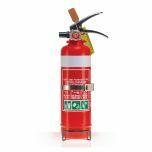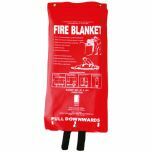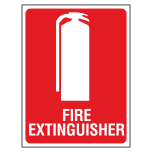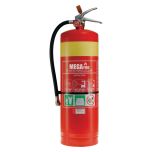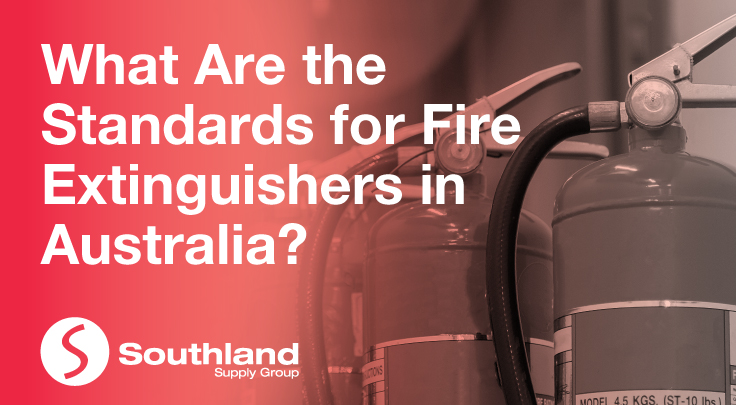
Fire safety is vital in every setting, whether it's a commercial building, a residential home, or an industrial facility.Fire extinguishers play an important role in containing small fires before they escalate and are a vital part of fire prevention measures. However, ensuring compliance with fire extinguisher regulations is essential to guarantee effective fire safety protocols.
Fire extinguishers must be positioned with the top no higher than 1200mm and a minimum clearance of 100mm from the ground. Additionally, their locations should be clearly marked by an identification sign positioned at 2000mm above floor level and directly above the extinguisher.
In this blog post, we'll delve into the compliance standards and legal requirements for fire extinguishers in Australia, providing clarity on navigating these regulations.
Understanding Regulatory Bodies
Fire safety regulations in Australia are overseen by various authorities at the federal, state, and territory levels. The primary regulatory bodies include the Australian Building Codes Board (ABCB), state fire services, and workplace health and safety regulators such as Safe Work Australia.
National Construction Code (NCC) Requirements
The National Construction Code (NCC) sets out the minimum requirements for fire safety measures in new and existing buildings across Australia. Part E of the NCC specifically addresses fire safety provisions, including the installation and maintenance of fire extinguishers.
Types of Fire Extinguishers and Their Uses
The NCC outlines the types of fire extinguishers required for different classes of fires. These include Class A (combustible materials such as wood or paper), Class B (flammable liquids), Class C (flammable gases), Class D (flammable metals), and Class E (electrical fires). Employers and building owners must ensure that the appropriate types of fire extinguishers are installed based on the specific fire risks present.
Placement and Accessibility Requirements
Fire extinguishers must be strategically located and easily accessible in case of a fire emergency. The NCC specifies requirements for the placement of extinguishers, considering factors such as travel distances, visibility, and potential obstacles. Additionally, fire signageindicating the location of fire extinguishers and other fire prevention materials such as fire blankets and hose reels is often required for clear identification.
Maintenance and Inspection Obligations
Regular maintenance and inspection of fire extinguishers are essential to ensure their functionality in emergencies. Building owners and employers are responsible for arranging periodic inspections, servicing, and testing of fire extinguishers by qualified professionals. Records of maintenance activities must be kept as evidence of compliance with regulations.
Training Requirements
Proper training in the use of fire extinguishers is critical for effective fire response. Employers are obligated to provide training to train employees on how to operatefire extinguishers safely and effectively. Training programs should cover fire safety procedures, fire extinguisher types, and hands-on practical exercises.
Penalties for Non-Compliance
Failure to comply with fire extinguisher regulations can result in serious consequences, including fines, legal liabilities, and risks to occupants' safety. Building owners and employers must take proactive measures to ensure compliance with regulations to mitigate these risks effectively.
Navigating fire extinguisher regulations in Australia requires a thorough understanding of compliance standards and legal requirements set out by regulatory bodies. By adhering to these regulations, building owners, employers, and individuals can uphold fire safety standards and protect lives and property effectively. Regular maintenance, proper training, and vigilant adherence to regulations are crucial components of a comprehensive fire safety strategy in any setting.

